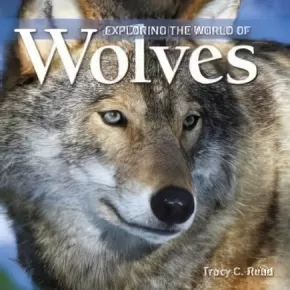Exploring the World of Wolves
Synopsis:
The wild, wary gray wolf.
The largest wild member of the dog family, the gray wolf stalks much larger mammals, such as the elk, caribou and moose. How does it succeed? Built to run, the long-legged wolf on the hunt uses its powerful sight, hearing, smell and physical strength. But, like the domestic dog, the wolf is a social animal: it lives in a pack.
In this fully illustrated introduction, young readers will learn how group living makes sense for the wolf, allowing it to form strong bonds and share tasks like rearing its young, finding food and communicating over long distances. They''ll also find out how habitat destruction, poisoning campaigns and hunting have reduced gray wolf populations in much of North America.
Full-color photographs provide close-ups and action shots, while the engaging text, sidebars and captions tell the life history of an animal that researchers agree has one of nature''s most engaging personalities.
Educator & Series Information
This book is part of the "Exploring the World of..." series, a nature series produced especially for young readers who are eager to learn more about the wild animals they find especially appealing. The books are packed with facts and offer outstanding value. Clear text in large type and vivid photographs with explanatory captions describe the animals' physical attributes, and storylike narratives about their daily life -- where they live, what they eat, how they hunt, how they communicate, how they raise their young -- present a complete picture of each animal.
Additional Information
24 pages | 8.00" x 8.00"

 Go
Back
Go
Back




